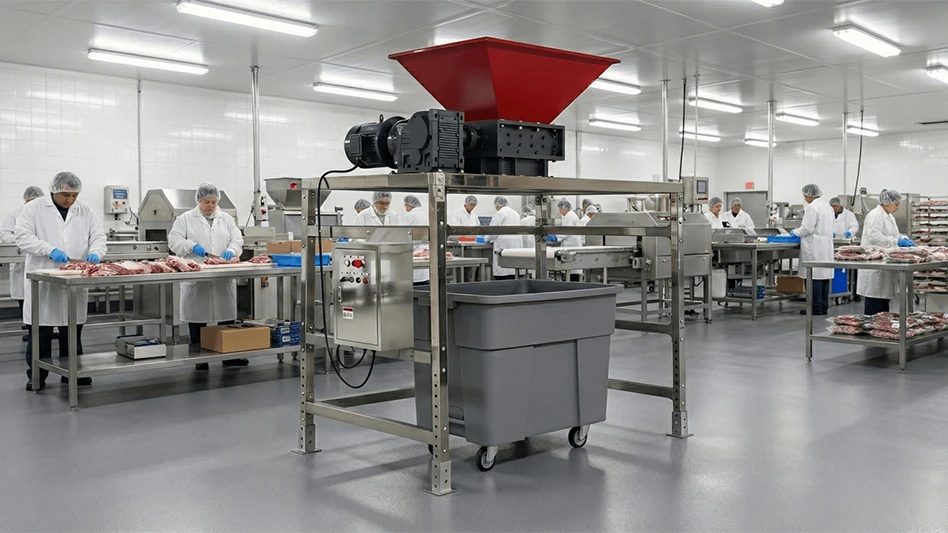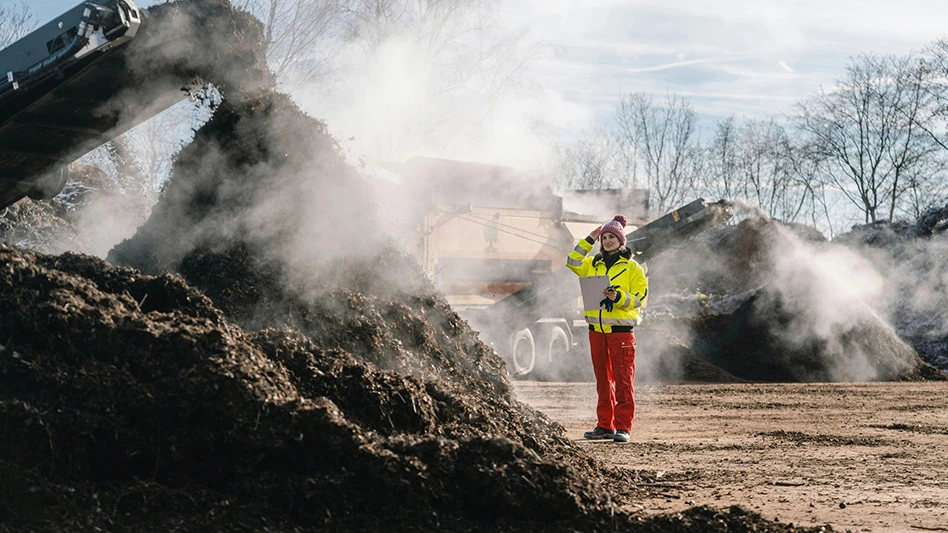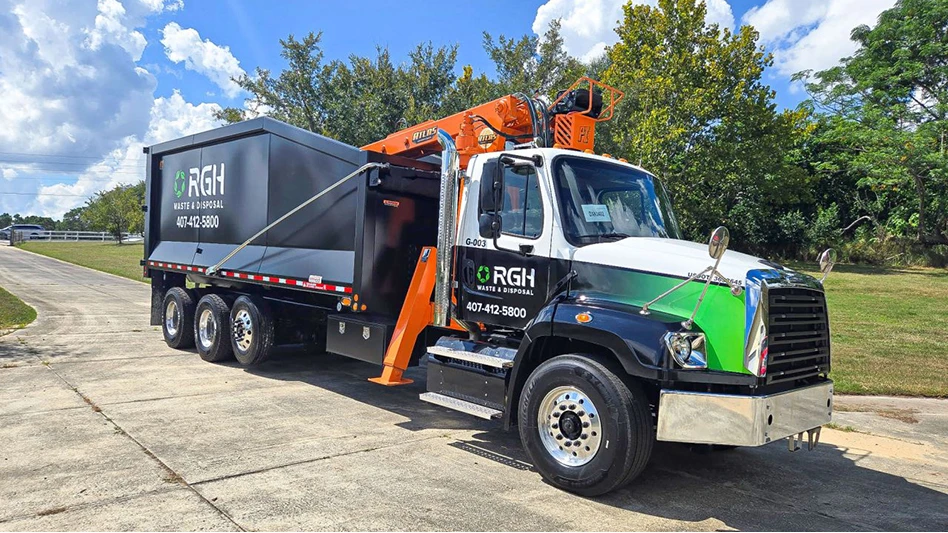
Since the new millennium, mechanical biological treatment (MBT), has become very popular in the European Union (EU). It has been added to an already robust source-separation recycling and waste-to-energy (WTE) infrastructure, in efforts to stop organics from going to WTE facilities or landfills, a practice that helps communities avoid severe penalties.
The expanded European integrated waste management system has five main flows of materials and waste: first, material recovery facilities (MRFs) handle the source-separated recyclables; second, MBT plants handle the mixed municipal solid waste (MSW, generally residential) and source-separated organics (yard waste and food scraps); third, WTE facilities receive mixed MSW (generally commercial) and nonrecyclable waste and residues from MRFs and refuse-derived fuel (RDF) from MBT processing; fourth, the organics at the MBT plants are converted to biogas and compost products; and fifth, the residues from MRFs and the RDF from MBT also may be used as supplemental or replacement fuels. As a result, with favorable renewable energy policies and landfill bans/taxes on organic waste, several EU countries have achieved very high recycling rates and uncovered new energy sources while minimizing what is landfilled to 3 percent or less.
MBT starts when separate deliveries of mixed MSW and organics arrive at the MBT complex. These facilities have convenience areas for people to drop off a variety of materials and waste, as well as pickup of mulch and compost. The mixed MSW goes through a highly mechanized system to produce separate streams of recyclables for sale, organics, fuel feedstock and some residues as well.
The organics sifted out of the MSW are later combined with the source-separated organics and further processed through a combined anaerobic digestion (AD), mulching production and composting system. The output of this process is biogas, which is cleaned up, either to be sold to a nearby gas grid, or used as a fuel for electricity generation or a combined heat and power application. The digestate from AD is combined with other compostables and perhaps biosolids from nearby wastewater treatment, made into soil amendment products by blending in other materials, and sold or donated for growing applications.

The fuel feedstock from MBT processing comprises 40 percent of the input materials. It may be processed and refined further to remove metals, and to lower moisture and inorganic content, resulting in lower ash generation. Use of the fuel feedstock as a fuel helps achieve almost zero organics to landfills, and high taxes (or costs) for landfilling organics are avoided.
The quality and markets for RDF from MBT systems are very interesting. This highly refined RDF is readily accepted as a solid fuel for existing WTE facilities; a supplemental fuel for utility or other coal-fired boilers; an alternative fuel to replace coal in cement kilns; or for dedicated boilers built specifically for supplying steam to an industry or district energy load. The MBT complex in Hanover, Germany, is an excellent example of this combined integrated system of technologies.
Before MBT can come to the U.S., where we still landfill more than 60 percent of our waste, we need to prepare for higher costs and change our policies and goals, so that landfilling is no longer the default option for waste disposal. We need to develop markets for highly refined RDF and promote the use of compost from MBT systems as well. In so doing, we also will recycle one heck of lot of stuff!
Harvey Gershman, hgershman@gbbinc.com, is president of Gershman, Brickner & Bratton Inc., solid waste management consultants.
Latest from Waste Today
- New York finalizes greenhouse gas emissions reporting regulations
- EPA selects 2 governments in Pennsylvania to receive recycling, waste grants
- NWRA Florida Chapter announces 2025 Legislative Champion Awards
- Yolo County reports fatality at Central Landfill
- New Way expands Canadian presence with Joe Johnson Equipment partnership
- Buffalo Biodiesel shares updates on facility modernization, NYSDEC compliance
- CETY launches HTAP platform for anaerobic digestion facilities
- Terex Ecotec announces Blue Machinery as distributor





